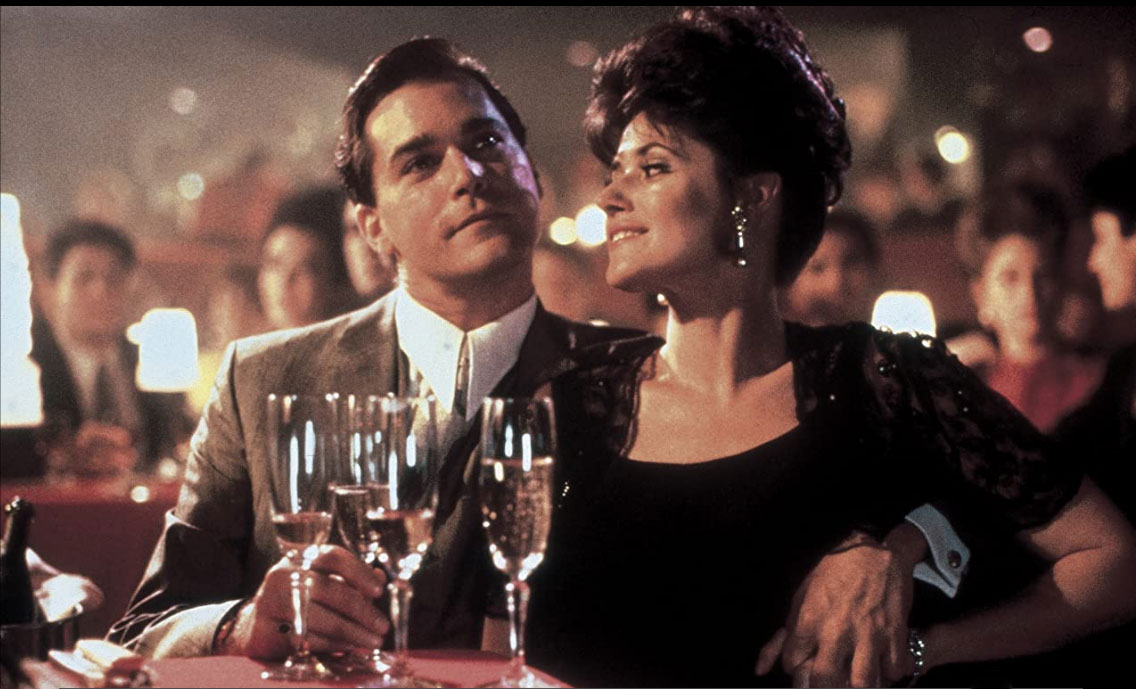
Cinematography, the art of creating moving images, has evolved tremendously since its inception in the late 19th century.
The first glimpse into this world of moving images was presented by these pioneering brothers, who unveiled their Cinématographe, a device that combined the functions of a camera and a projector.
The Birth of Cinema
The first motion pictures, introduced by the Lumière brothers in 1895, marked the dawn of a new era in storytelling. These early films, often just a few minutes long, showcased everyday scenes and events, capturing the public’s imagination with their ability to bring life to moving images.
However, these silent films faced a significant challenge: communication without words. Filmmakers had to devise creative ways to convey emotions, characters, and narratives without relying on dialogue.
This led to the development of various techniques, such as close-ups that highlighted facial expressions, and montage, which juxtaposed shots to create a sense of progression or contrast.
The Advent of Sound
In 1927, with the release of “The Jazz Singer”, the world witnessed the birth of synchronized sound in cinema. This technological breakthrough revolutionized the art form, allowing filmmakers to capture the nuances of human speech and the intricacies of sound design.
Dialogue could now convey complex emotions and relationships and sound effects could heighten suspense, drama and comedic moments.
The Golden Age of Hollywood
The 1930s and 1940s saw the rise of Hollywood, where the film industry flourished under a studio system that produced a vast array of genres, from epic dramas to slapstick comedies. Studios like Warner Bros., Paramount and MGM became powerhouses, churning out films featuring iconic stars like Humphrey Bogart, Marilyn Monroe and Charlie Chaplin.
During this golden age, filmmaking techniques continued to evolve. Camera movements became more sophisticated, with tracking shots following characters through scenes and crane shots providing sweeping aerial views. Special effects techniques also advanced, allowing filmmakers to create fantastical worlds and breathtaking spectacles.
The New Hollywood Era
The 1960s and 1970s marked a watershed moment in cinema, as filmmakers defied the conventions of the studio system and embraced bolder narratives and experimental techniques.
Directors like Stanley Kubrick, Francis Ford Coppola and Martin Scorsese pushed the boundaries of cinema, exploring themes of violence, sexuality and social commentary in gritty, realistic films.
The New Hollywood era saw the rise of independent filmmaking like Quentin Tarantino and Steven Soderbergh breaking away from the studio system and producing auteur-driven films that challenged traditional storytelling norms.
Digital Cinema
The advent of digital filmmaking in the late 20th and early 21st centuries revolutionized the way films are produced, directed and distributed. Digital cameras replaced traditional film stock, offering greater flexibility and control over the image capture process. Digital editing software allowed for seamless manipulation of footage and the creation of complex visual effects.
Digital distribution platforms like Netflix and streaming services now emerged, providing filmmakers with alternative avenues for reaching audiences and bypassing the traditional theatrical release model.
These advancements have democratized filmmaking, enabling filmmakers with limited resources to create high-quality productions.
Furthermore, with many free digital assets for creators available nowadays, the landscape of filmmaking has changed dramatically, allowing individuals with a passion for storytelling to bring their visions to life without the hefty price tag.
The Future of Cinematography
As technology continues to evolve at an exponential pace, the future of cinematography holds immense promise. The rise of virtual production, where films are shot in elaborate computer-generated sets, is opening up new possibilities for storytelling and visual effects.
Advances in AI-powered filmmaking tools are automating tasks, such as color grading and editing. Similarly, the development of immersive technologies, such as virtual reality and augmented reality, is poised to transform the way audiences experience cinema.
The evolution of cinematography is a testament to the ingenuity and creativity of filmmakers over the decades. As we venture into the future, the possibilities for the visual art form are limitless.







